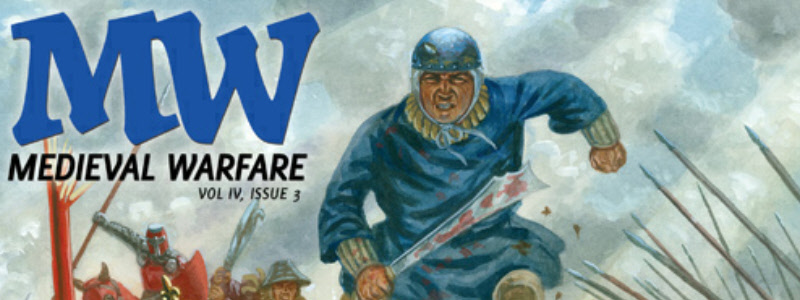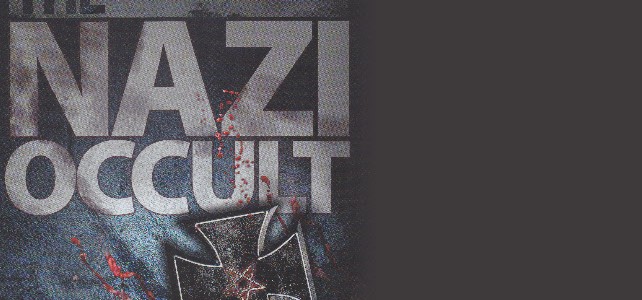Magazines have an amazing influence on how I look at history. Each issue presents another snapshot with interesting articles and great illustrations. Instead of attempting to dredge through a long book, you sit down with a magazine and pick out the most interesting articles. Another magazine I purchase regularly is Medieval Warfare.
Medieval Warfare, Volume IV, Issue 3 is all about the First Scottish War of Independence. This event occurred in 1296-1328. One of the more interesting parts about this war is that it’s not so much as a war for independence as it is a war against unification for the purpose of retaining independence. Scotland was independent before the war and England was making maneuvers to bring it under the British thumb. Wars broke out, there were many encounters, lots of lives were list, blah, blah, blah. It was a war much like many other wars between two, very uneasy neighbors.
When placing the First Scottish War of Independence in the context of Shadowed Earth, it takes place after the period of the Crusades when the Church and the Inquisition reclaimed Europe in the name of mankind. After eradicating the threats they could find and beginning to build the next chapter in mankind’s life, people started to settle into old habits where one kingdom (or empire) wished to dominate another.
While the Byzantine Empire was dealing with the Turks and their Ottoman Empire knocking on the door, things across the British Isles were apparently tense with the loss of the Scottish throne due to the lack of a successor. While these two wars waged on at opposite ends of Europe, the underworld of Shadowed Earth capitalized on the lack of attention. With so many soldiers being pulled elsewhere, the Inquisition’s available resources were lacking and most inquisitors were left to fight by themselves. It’s very difficult to hunt down a cabal of vampires when going Lone Wolf.
Making things even more difficult were the military obligations of those not fully devoted to the Inquisition. These soldiers were pulled away from their supernatural hunting duties to defend the borders of their homeland. Many of them died and replacements were hard to come by. The occult could then make maneuvers throughout these ends of Europe to recruit their own forces and bolster their ranks. Additionally, the sheer volume of corpses littering the battlefield made easy fodder for the necromancers and demon cults needing new soldiers. Through the art of animation or possession, new soldiers were created and an army of undead soldiers or possessed humans could be unleashed against a force of Inquisitors.
Thankfully, during these times, The Fallen were more than willing to step in and assault these armies before the Inquisition learned of them. The waning years of the Knights Templar also saw incursions against these armies as they threatened the pilgrims making the trip to the Holy Land.
Simply put, the Inquisition needed all the help they could get as they saw great losses within their organization. Many injunctives (because inquisitors were dedicated to the Inquisition) were pulled into the miasma of war during this First Scottish War of Independence. Injunctives that once fought together found themselves split across a battlefield, either fighting for the continued independence of their nation or fighting for the unification of Scotland into England. Hesitance wasn’t allowed; if an injunctive faced off against a fellow injunctive, there was no time for decisions or debates. These poor souls had to fight for the kingdom they dedicated themselves to.
Lord inquisitors were powerless to stop the conscription of their injunctives. Stepping in to enforce a “greater cause” could potentially expose the Inquisition and endanger the will of mankind. With a reduction in power of the Inquisition, the occult was able to increase their power. This increase in power was yet one other reason why the Second Coming of the Occult was made possible.
Head on over to the Karwansaray publisher’s website here to learn more about Medieval Warfare, Volume IV, Issue 3.



